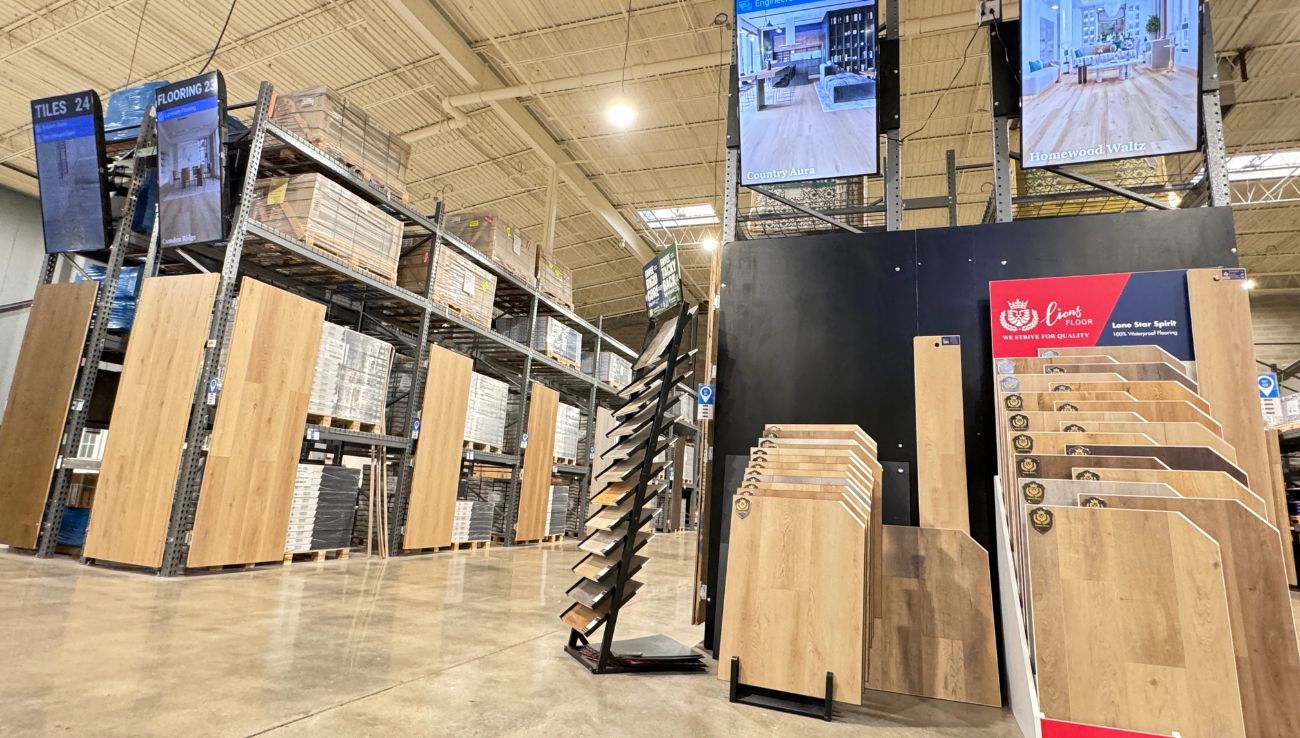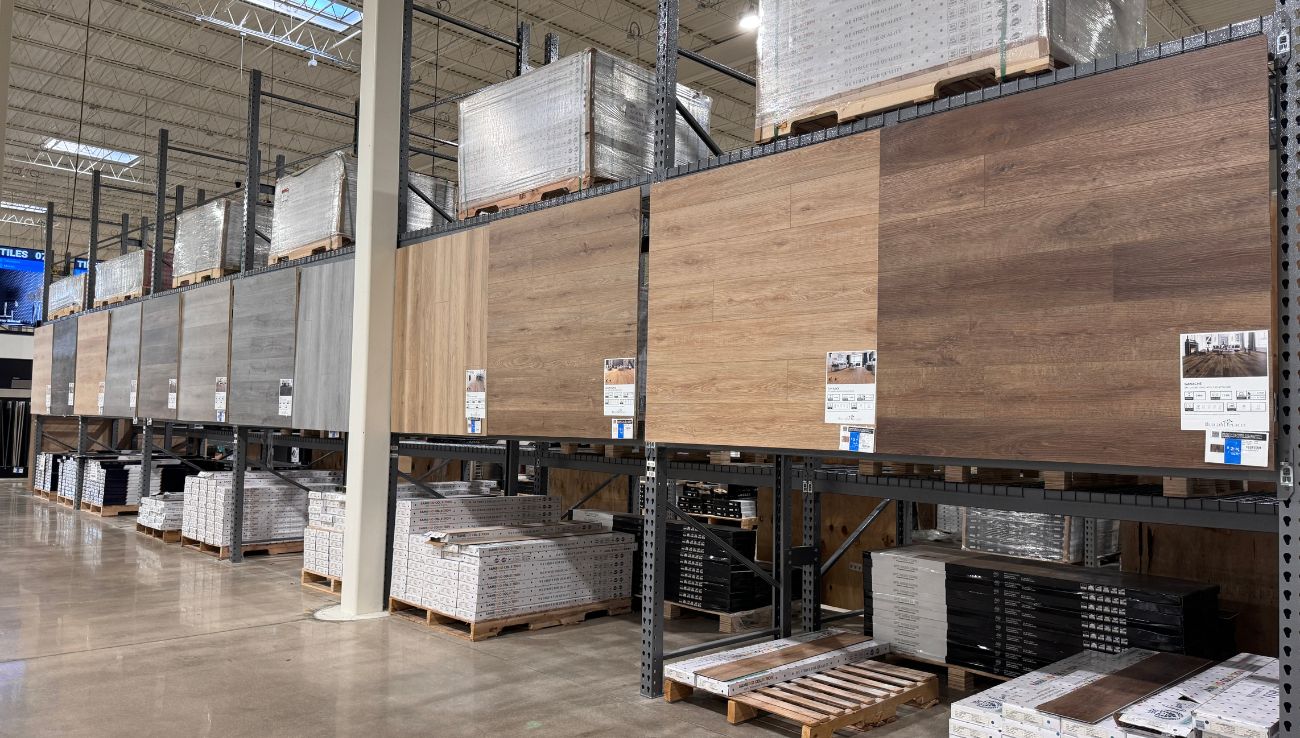Are you looking to transform the look and feel of your home or office space? Flooring plays a crucial role in defining the ambiance, comfort, and functionality of any interior environment. From hardwood to laminate, vinyl to tile, the options seem endless. In this comprehensive guide, we will delve into everything you need to know about flooring to make informed decisions and create stunning spaces.
Introduction to Flooring
Flooring is not just about covering the ground beneath your feet; it's an integral part of interior design. It sets the tone for the entire space, enhancing its visual appeal and functionality. Whether you prefer the timeless elegance of hardwood or the versatility of vinyl, each type of flooring offers unique characteristics and benefits.
Importance of Choosing the Right Flooring
The choice of flooring can significantly impact the aesthetics, comfort, and value of your property. It's essential to consider factors such as durability, maintenance requirements, cost, and overall design cohesion when selecting the perfect flooring option for your space.
Different Types of Flooring Materials
Hardwood Flooring
Hardwood flooring exudes warmth, charm, and sophistication. It's prized for its natural beauty, durability, and longevity. Available in a variety of wood species, finishes, and plank sizes, hardwood flooring adds timeless elegance to any room.
Laminate Flooring
Laminate flooring offers the look of hardwood or tile at a fraction of the cost. It's highly durable, scratch-resistant, and easy to maintain, making it an excellent choice for high-traffic areas or households with pets and children.
Vinyl Flooring
Vinyl flooring is known for its versatility, affordability, and water resistance. It comes in a wide range of styles, including luxury vinyl planks and tiles, offering endless design possibilities for every space in your home.
Factors to Consider When Selecting Flooring
When choosing flooring for your home or business, several factors should influence your decision:
Durability
Consider the amount of foot traffic the area receives and choose a flooring material that can withstand daily wear and tear without showing signs of damage or deterioration.
Maintenance
Evaluate the maintenance requirements of different flooring options and select one that aligns with your lifestyle and cleaning preferences.
Cost
Set a budget for your flooring project and explore options that offer the best value for your investment, considering both upfront costs and long-term durability.
Aesthetic Appeal
Choose a flooring material that complements the overall design theme and color scheme of your space, enhancing its visual appeal and ambiance.

Pros and Cons of Each Flooring Type
Each type of flooring has its advantages and drawbacks, which should be weighed carefully before making a decision. While hardwood flooring adds elegance and value to your home, it can be susceptible to scratches and moisture damage. Laminate flooring offers affordability and easy installation but may lack the authenticity and warmth of real wood. Vinyl flooring is durable and waterproof but may not have the same resale value as hardwood or tile. Tile flooring is versatile and low maintenance but can be cold and hard underfoot.
Trends in Flooring
Flooring trends evolve with time, reflecting changes in design preferences, technology, and sustainability practices. From wide-plank hardwood and wood-look porcelain tile to waterproof luxury vinyl and eco-friendly bamboo, there's a flooring trend to suit every style and budget.
DIY vs. Professional Installation
While DIY installation may seem cost-effective, professional installation ensures proper handling, precise measurements, and seamless results. Whether you're laying hardwood, laminate, vinyl, or tile flooring, hiring a skilled installer can save you time, effort, and potential headaches down the road.
Environmental Impact of Flooring Choices
With growing awareness of environmental sustainability, many homeowners are opting for eco-friendly flooring options such as bamboo, cork, and reclaimed wood. These materials are renewable, biodegradable, and contribute to healthier indoor air quality, making them ideal choices for environmentally conscious consumers.
Tips for Maintaining Flooring
To prolong the life and beauty of your flooring, follow these maintenance tips:
- Sweep or vacuum regularly to remove dirt and debris.
- Wipe up spills promptly to prevent staining and water damage.
- Use furniture pads to protect floors from scratches and dents.
- Avoid dragging heavy objects across the floor to prevent surface damage.
- Follow manufacturer guidelines for cleaning and maintenance to ensure optimal performance.
Flooring for Different Rooms
Each room in your home has unique flooring requirements based on its function, traffic flow, and exposure to moisture. Consider the following recommendations when selecting flooring for specific rooms:
Living Room
Opt for durable flooring with a cozy feel, such as hardwood, laminate, or carpet, to create a comfortable and inviting gathering space for family and friends.
Kitchen
Choose waterproof and easy-to-clean flooring options like tile, luxury vinyl, or laminate to withstand spills, splashes, and heavy foot traffic in the kitchen area.
Bathroom
Select moisture-resistant flooring materials such as ceramic tile, luxury vinyl, or natural stone to prevent water damage and mold growth in the bathroom environment.
Bedroom
Create a soft and cozy retreat with carpet, hardwood, or laminate flooring, providing comfort underfoot and enhancing the overall ambiance of the bedroom.

Choosing Flooring for Specific Needs
Consider your specific needs and lifestyle factors when selecting flooring for your home or business. For households with pets, scratch-resistant and waterproof flooring options like luxury vinyl or tile may be preferable. Individuals with allergies or respiratory issues may benefit from hypoallergenic flooring materials such as cork or bamboo.
Conclusion
Flooring is more than just a practical necessity; it's a design element that can elevate the look and feel of any space. By understanding the different types of flooring materials, considering factors such as durability, maintenance, and cost, and staying informed about current trends and innovations, you can make informed decisions and create beautiful, functional interiors that reflect your unique style and personality.
FAQs
-
Which flooring material is best for high-traffic areas?
- Hardwood, laminate, and luxury vinyl are excellent choices for high-traffic areas due to their durability and resistance to wear and tear.
-
What is the most cost-effective flooring option?
- Laminate flooring offers a cost-effective alternative to hardwood and tile, providing the look of real wood or stone at a fraction of the cost.
-
How long does flooring installation typically take?
- The duration of flooring installation varies depending on the type of flooring and the size of the area. On average, professional installation can take anywhere from a few days to a week.
-
Can I install new flooring over existing flooring?
- In some cases, you can install new flooring over existing flooring, but it's essential to ensure that the subfloor is clean, level, and free of any damage or moisture issues.
-
What is the best flooring option for homes with pets?
- Luxury vinyl flooring is an excellent choice for homes with pets due to its scratch-resistant and waterproof properties, making it easy to clean and maintain.





